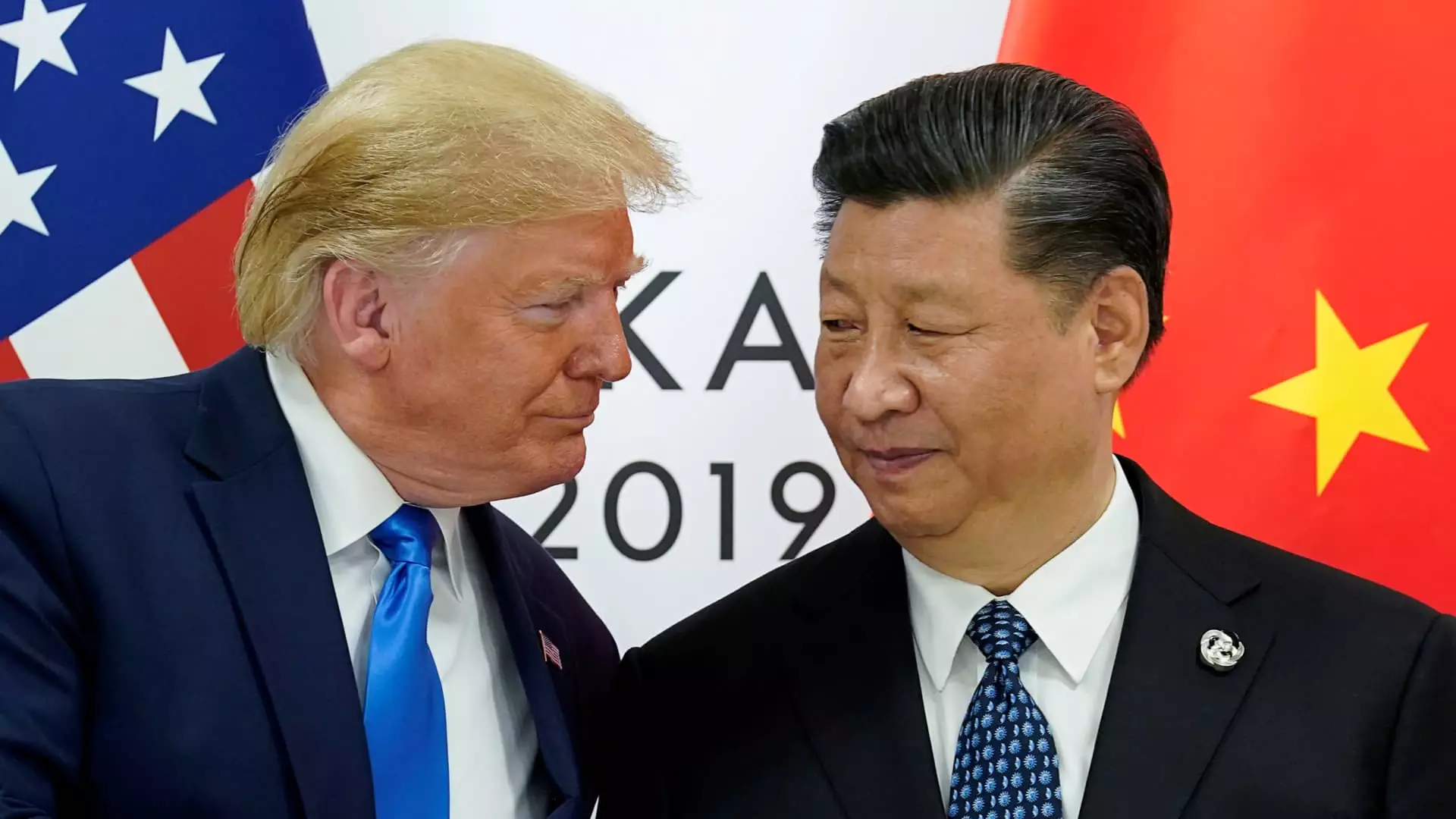As tensions between the United States and China escalate, the latter is taking proactive steps to underscore its willingness to engage in dialogue. With U.S. President Donald Trump recently indicating the possibility of implementing an additional 10% tariff on Chinese exports, the stakes are high. The potential for increased tariffs represents not only a financial burden on Chinese manufacturers but also a significant point of contention in diplomatic relations, prompting calls for negotiation from Chinese officials and a reassessment of strategies on both sides.
In the face of impending tariffs, China’s Ministry of Commerce has reiterated its commitment to maintaining open lines of communication with the U.S. government. Spokesman He Yadong emphasized the importance of dialogue and collaboration, advocating for a balanced approach that will mitigate existing discrepancies between the nations. His remarks point to a strategic desire to foster a cooperative environment where both countries can address challenges and work towards mutually beneficial outcomes, even as tariffs loom in the background. This approach reflects China’s broader diplomatic strategy, aiming to project stability and readiness to engage peacefully amidst economic turmoil.
Crisis and Cooperation: An Ongoing Challenge
The complexity of the U.S.-China relationship lies in its dual nature—instinctive competition coupled with intertwined economic interests. Following a recent phone conversation between Trump and Chinese President Xi Jinping, both leaders admitted to the challenges posed by trade practices and tariffs, yet simultaneously stressed the potential for collaboration. Notably, Xi’s reference to the interconnectedness of their economies signals a recognition that neither side can afford to emerge from this dispute as a clear loser; such an outcome would resonate globally, showcasing the interconnected nature of modern international trade.
The stakes are particularly high regarding sensitive issues, including technology and intellectual property. The controversy surrounding the Chinese social media application TikTok highlights concerns about data security, leading to an urgent call from the U.S. government for a reassessment of its operations on American soil. Trump’s threats to impose tariffs as leverage against ByteDance, TikTok’s parent company, reveal not just trade frustrations but a deeper anxiety over critical technology controlled by a Chinese entity. Each tariff and policy decision carries significant consequences, not only for U.S.-China relations but for their economic futures.
A Future Driven by Cooperation or Conflict?
As China faces the potential implementation of increased tariffs, its approach to negotiations reflects a nuanced understanding of the potential fallout. The duality of the relationship is challenging: the desire for collaboration must coexist with a commitment to safeguarding national interests. Both countries find themselves at a crossroads, where the choices made in the coming weeks can significantly shape the trajectory of not just their bilateral relations, but the global economic landscape as well. With both sides asserting their positions, the call for calm, reasoned negotiation is more crucial than ever in navigating these turbulent waters.

